The Dawn of Drone Deliveries
In the heart of Logan, Australia, Cassidy Shorland experiences the convenience of modern technology as a drone delivers his mango-flavored juice right to his doorstep. This small municipality near Brisbane is witnessing the future of delivery unfold, with residents like Shorland ordering everything from food to medicine through the air. This scenario illustrates the growing potential of drone delivery services, a sector that has been navigating through a labyrinth of regulatory, economic, and societal challenges, particularly in the United States, reports The WSJ.
Navigating Through Challenges to New Horizons
The journey of drone delivery services in the U.S. has been fraught with obstacles. For years, companies have wrestled with regulatory barriers, community concerns, and the daunting task of making drone delivery economically viable.
However, 2024 marks a significant turning point, as federal regulators have begun granting permissions for drone-delivery companies to operate more freely. This pivotal change is enabling retailers, restaurants, and healthcare systems to broaden their horizons across the nation.
Adam Woodworth, the CEO of Wing, a company at the forefront of these efforts, optimistically states, “2024 will be, I think, the first real year of scaling for residential drone delivery, particularly in the United States.”
Wing, along with other pioneers in the field, is now positioned to transform the landscape of last-mile delivery, despite experts like Matthias Winkenbach from the Massachusetts Institute of Technology’s Center for Transportation and Logistics cautioning that drones still have a considerable distance to cover before they can compete with traditional delivery methods on cost-effectiveness and efficiency.

The Push for Prime-Time Drone Delivery
The onset of the Covid-19 pandemic served as a catalyst for the drone delivery industry, with a surge in online orders spotlighting the environmental and logistical advantages of using battery-powered drones over traditional road-based delivery vehicles. Recent federal approvals have set the stage for an expansion in drone delivery services.
Companies such as Wing and Zipline have received permission to operate their drones beyond the visual line of sight of operators, overcoming a significant hurdle that previously limited the scope of drone deliveries.
Retail giants like Walmart and Amazon are leading the charge, with Walmart planning to offer drone deliveries to a vast majority of the Dallas-Fort Worth area and Amazon rolling out its latest drone model in various U.S. cities, Italy, and the U.K. This expansion is not limited to the U.S.; globally, drone deliveries are taking off, with McKinsey estimating over one million commercial drone deliveries worldwide last year.

Overcoming Community Concerns and Regulatory Hurdles
As the drone delivery industry evolves, so do the concerns surrounding safety, privacy, and noise. Operators are diligently working on developing quieter drones and advanced detect-and-avoid technology to mitigate these issues.
The Federal Aviation Administration (FAA) is also playing a crucial role, drafting rules to make drone delivery scalable, economically viable, and routine. With an advisory panel of academics, drone makers, and industry experts, the FAA is closely examining the safety implications of operating drones beyond visual line of sight, moving towards a more drone-friendly regulatory environment.
Looking to the Future
The journey of drone delivery services from a novel concept to a potential mainstay in commercial delivery is a testament to the resilience and innovation of the industry. As companies navigate through the remaining challenges, the promise of drone deliveries becoming a commonplace aspect of our lives grows increasingly tangible. With the combined efforts of regulatory bodies, industry pioneers, and the community, the sky is the limit for the future of drone delivery services.
As we stand on the brink of this new era, the words of Cassidy Shorland resonate with a sense of anticipation for what the future holds, emphasizing the blend of convenience and innovation that drone delivery promises to bring to our daily lives.
The ascent of delivery drones in the commercial arena marks a significant leap forward in how we think about transporting goods, making the once-distant future of airborne deliveries a rapidly approaching reality.
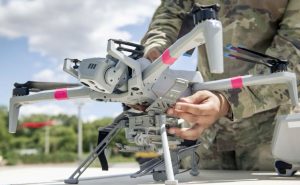


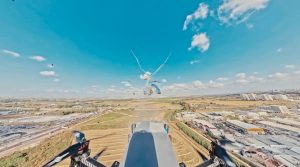


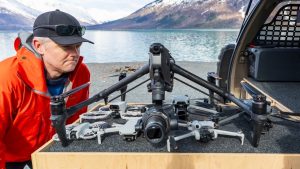
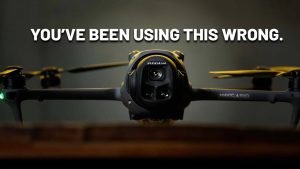

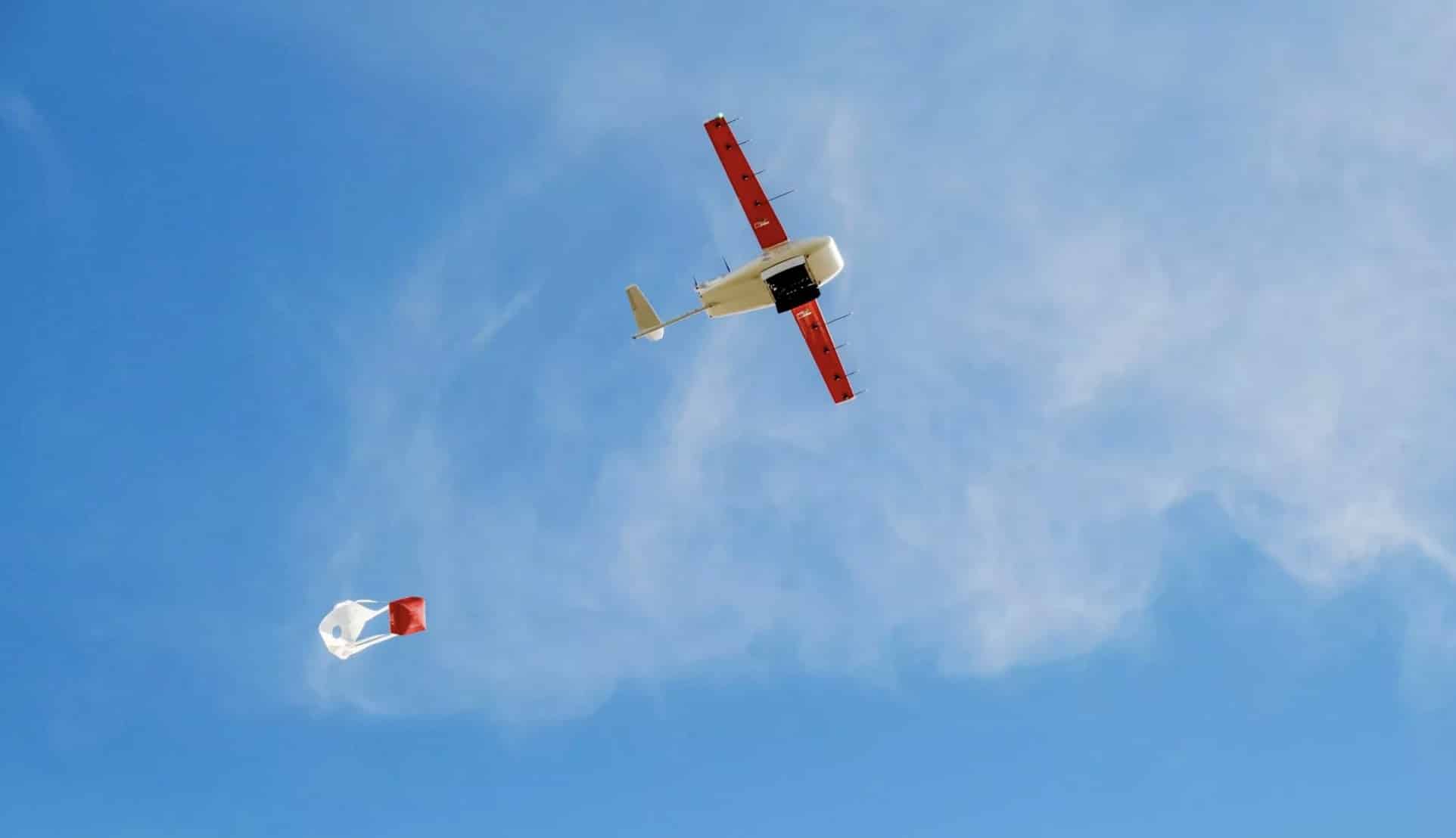


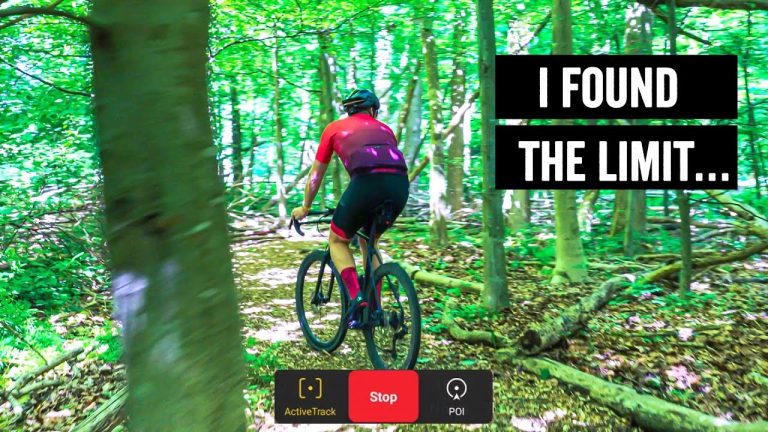


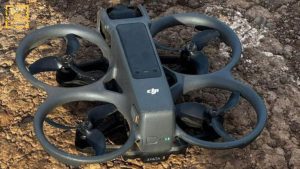
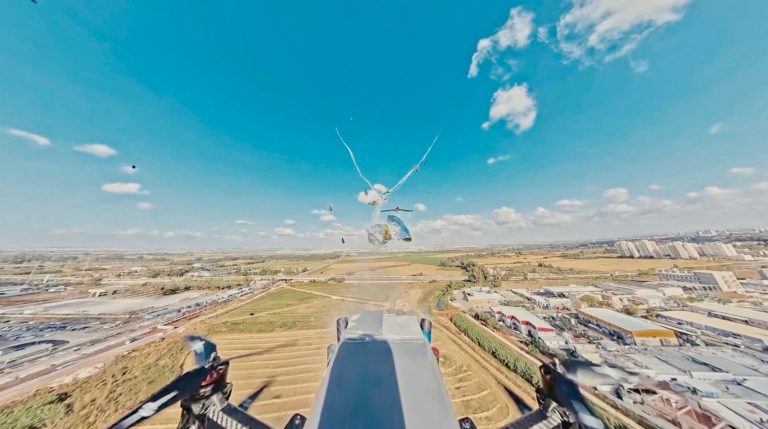

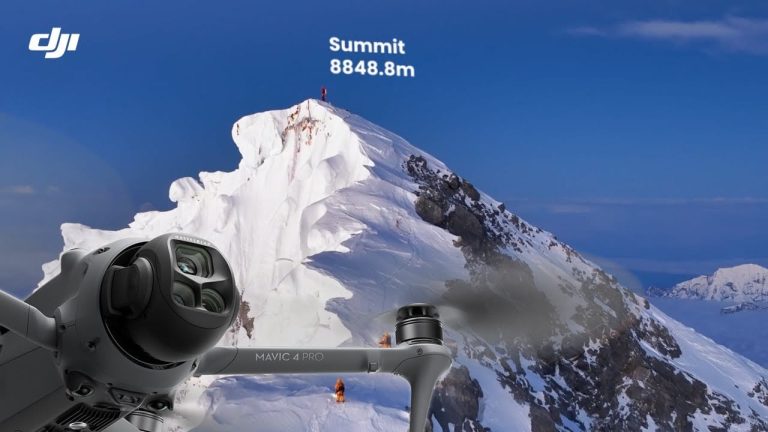
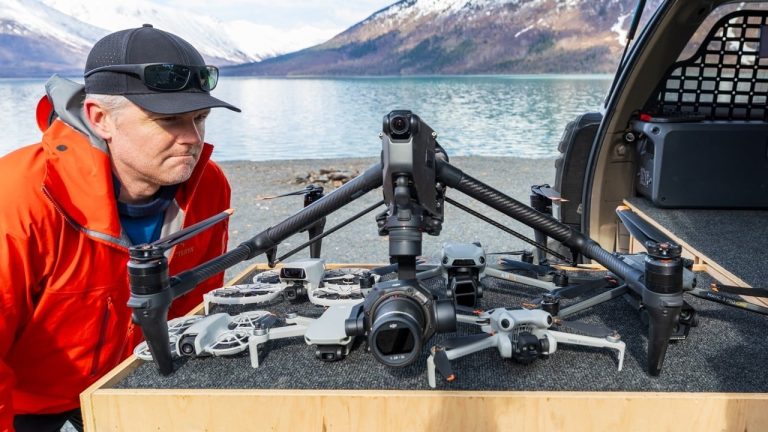
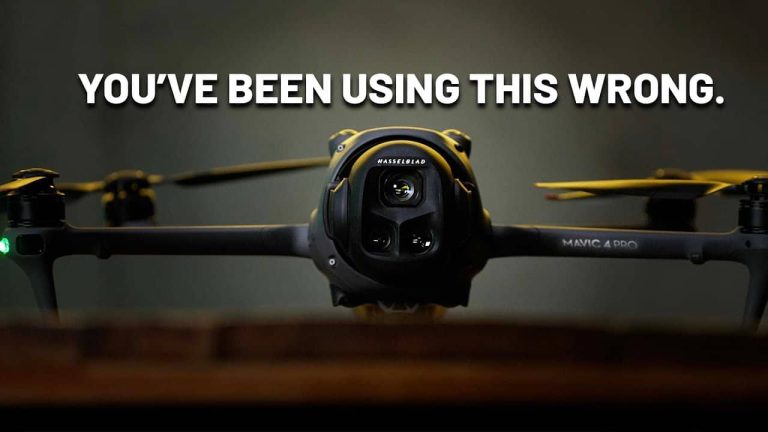
+ There are no comments
Add yours